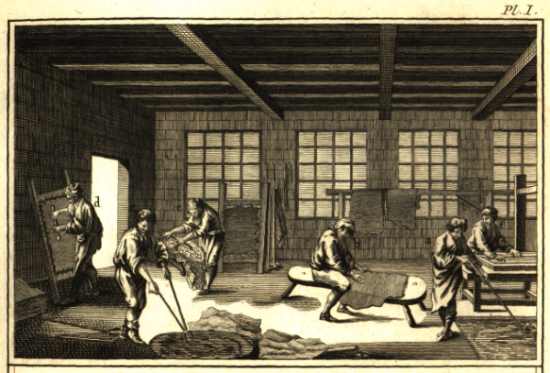Well, I haven't posted here regularly in some time, but I still lurk and keep up on Berserk, so I thought that I would mention this/ask for help. I am a student at Xavier University (the one in Cincinnati), and I am currently taking a class about the history of writing, taught by our medievalist. Now, I have an assignment in which I must create a working definition of what consitutes technology, and write it on an unorthodox, pre-paper material (rock, clay tablet, bone, animal skin, etc.), and subsequently write a paper.
Being a history major who is fascinated by the middle ages, I am going to attempt to do so by making my own vellum, or at least some sort of animal material, specifically because I was raised on a relatively large farm and have access to the necessary material. I have begun researching this, and found that there are some medieval buffs out there who still do this sort of thing, and I know that some of my fellow posters here are into forging replicas of medieval weaponry and armor, as well as fellow historians, so I was really hoping someone might be able to offer a few tips on the process. Also,I am going to be taking detailed notes and quite a few photos during the process, which I will put online, and if anyone would be interested in seeing these I would be more than happy to post a link.
Any help would be UNBELIEVABLY appreciated...
Being a history major who is fascinated by the middle ages, I am going to attempt to do so by making my own vellum, or at least some sort of animal material, specifically because I was raised on a relatively large farm and have access to the necessary material. I have begun researching this, and found that there are some medieval buffs out there who still do this sort of thing, and I know that some of my fellow posters here are into forging replicas of medieval weaponry and armor, as well as fellow historians, so I was really hoping someone might be able to offer a few tips on the process. Also,I am going to be taking detailed notes and quite a few photos during the process, which I will put online, and if anyone would be interested in seeing these I would be more than happy to post a link.
Any help would be UNBELIEVABLY appreciated...


